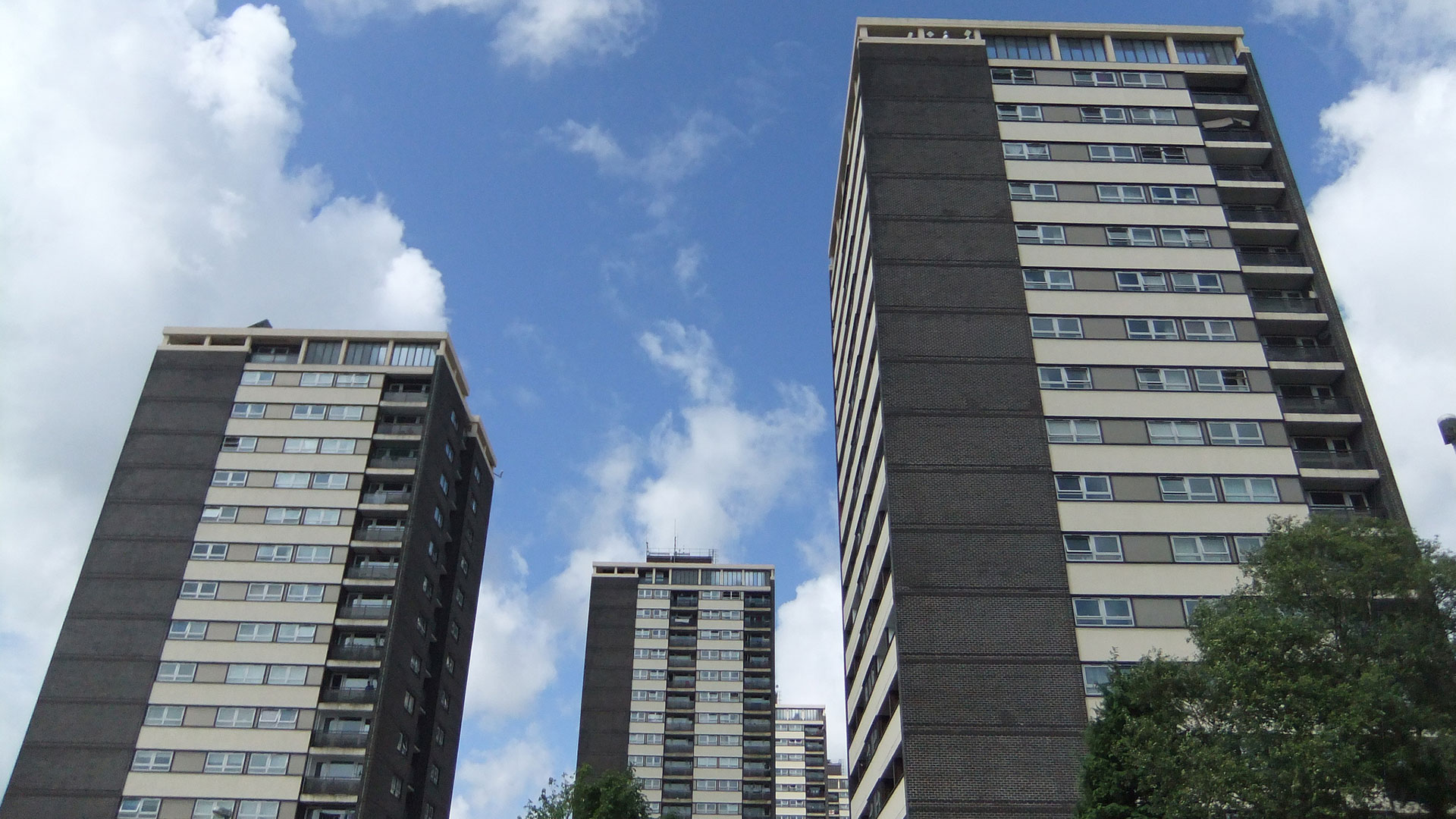But even if developers are held to space standards – with the legislation yet to be published – campaigners are warning that fast-tracked housing will continue to create problems for communities.
“The health regulations in local planning policies won’t apply [to PDR],” said Luhde-Thompson, .
“Plus local authorities don’t get to make a decision on location,” she added, warning this could lead to homes in business parks or industrial estates without health or education services nearby.
This deregulation also means developers aren’t required to factor in community concerns, whether by creating a percentage of affordable housing or injecting cash into local amenities. Nor are they required to contribute to the country’s fight against the climate crisis with eco-friendly home design.
It risks giving developers the freedom to ride roughshod over local areas
The Royal Institution of Chartered Surveyors (RICS) estimated that the financial impact to England’s local authorities from the first round of PDR-built homes was a net loss of around £50m.
Around £42.5m of that came from the affordable housing contributions developers would have been required to make had they gone through the planning permission process.
Advertising helps fund Big Issue’s mission to end poverty
Luhde-Thompson added: “It’s still a pretty big fail on all of those factors, even with space standards. We’ll need to see what’s written in the legislation – the proof’s always in the pudding.”
Just 30 per cent of the homes created through extended PDR in England between 2013 and 2018 — the first five years of after the regulations’ intriduction — met minimum space standards. Nearly 80 per cent were studios or one-bed units, compared to just 37 per cent of those created using the full planning permission process, according to the RICS.
Announcing the requirement for converted homes to meet space standards, the housing secretary said the move would tackle the small number of developers creating homes that weren’t up to scratch.
He said permitted development rights are “helping to deliver new homes and making an important contribution to our economic recovery from the pandemic, supporting our high streets by encouraging the regeneration of disused buildings and boosting our housing industry to safeguard the jobs of builders, plumbers and electricians.”
But his assertion that cutting red tape creates homes with “little difference in quality” compared to those built with planning permission contradicts a Government report published earlier this year, with researchers blasting office-to-residential conversions as seeming to “create worse quality residential environments” in relation to matters of “health, wellbeing and quality of life”.
Councils across England opposed the changes when they were announced in July.
Advertising helps fund Big Issue’s mission to end poverty
Councillor David Renard, housing spokesperson for the Local Government Association, told The Big Issue at the time: “The planning system is not a barrier to housebuilding, with nine in 10 planning applications approved by councils. It gives local communities the power to shape the area they live in and provides an effective means of balancing the interests of homeowners and their neighbours.”
Taking away the right of locals to have a say about what happens in their community “deprives them of the ability to define the area they live in and know best”, he added.
“It risks giving developers the freedom to ride roughshod over local areas with communities having no way of ensuring they meet high quality standards, provide any affordable homes as part of the development or ensure supporting infrastructure such as roads, schools and health services are in place.”
Rights : Community : Action is crowdfunding for its judicial review against the Government later this month, stating that the extended PDR risked the environment and wellbeing of disabled people.
The organisation will also argue that ministers did not give parliament the opportunity to debate the reforms – introducing them a day before summer recess – and that there was no environmental or equality-focused impact assessment carried out ahead of the announcement.










